More named homes, including one fit for royalty | Sarasota History with Jeff LaHurd
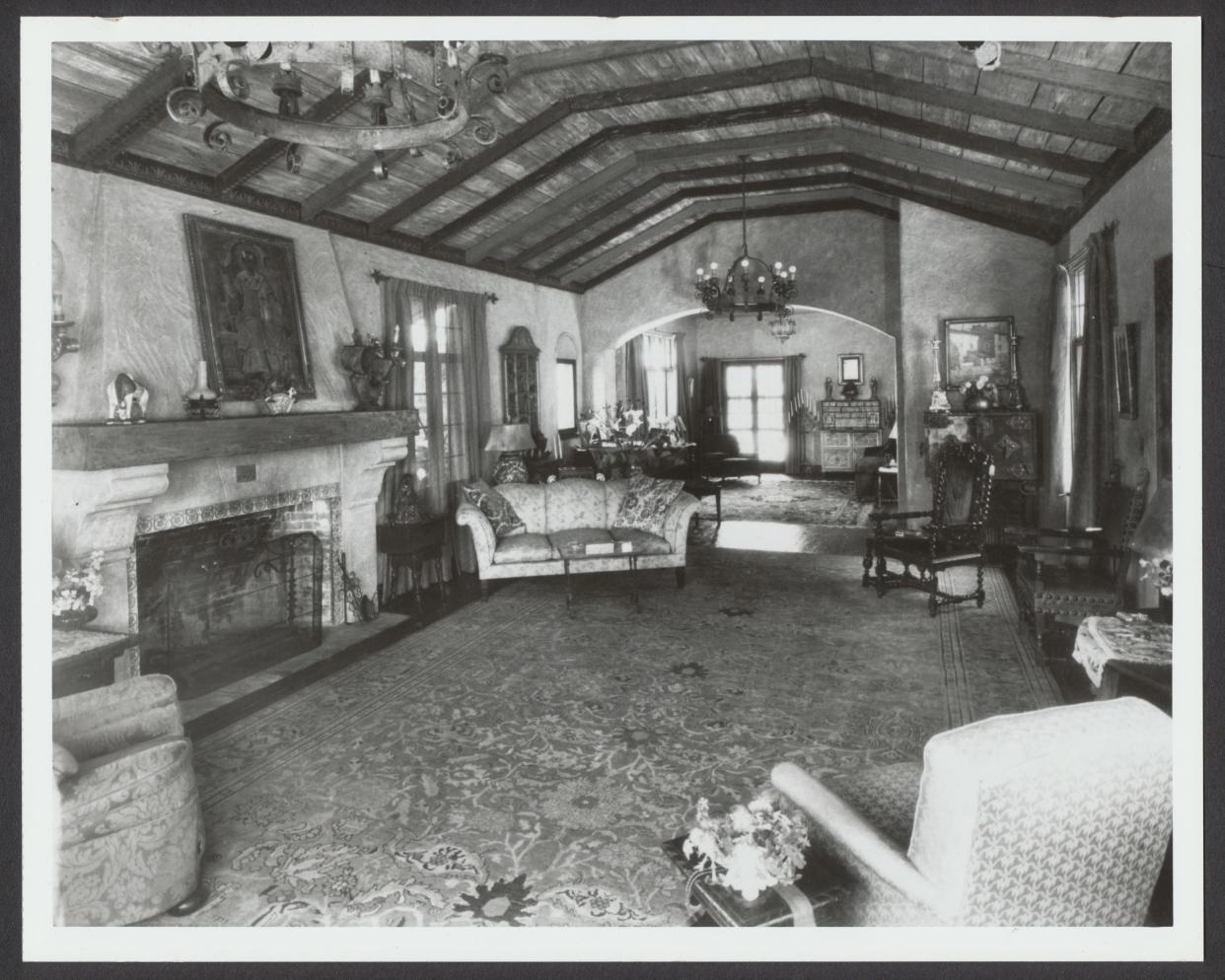
Long time Sarasota city manager Ken Thompson said once, “Keep your industry, send us your industrialists.” And so it was that long before and after Thompson’s 38-year tenure, captains of industry flocked here in droves. As did successful and wealthy people at the top of their game from all endeavors.
Bickel House became an immediate landmark
Karl Bickel was a leading light in international journalism, the president of United Press. For years he and his wife, Helen Madeira Bickel traveled the world and were known globally by statesmen, captains of industry, political bigwigs, and royalty.
The duo were first attracted here in 1928 by their friend, Sarasota Herald publisher George Lindsay. As so many others they fell in love with the tranquil beauty and winter climate of Sarasota, which they found to be perfect.
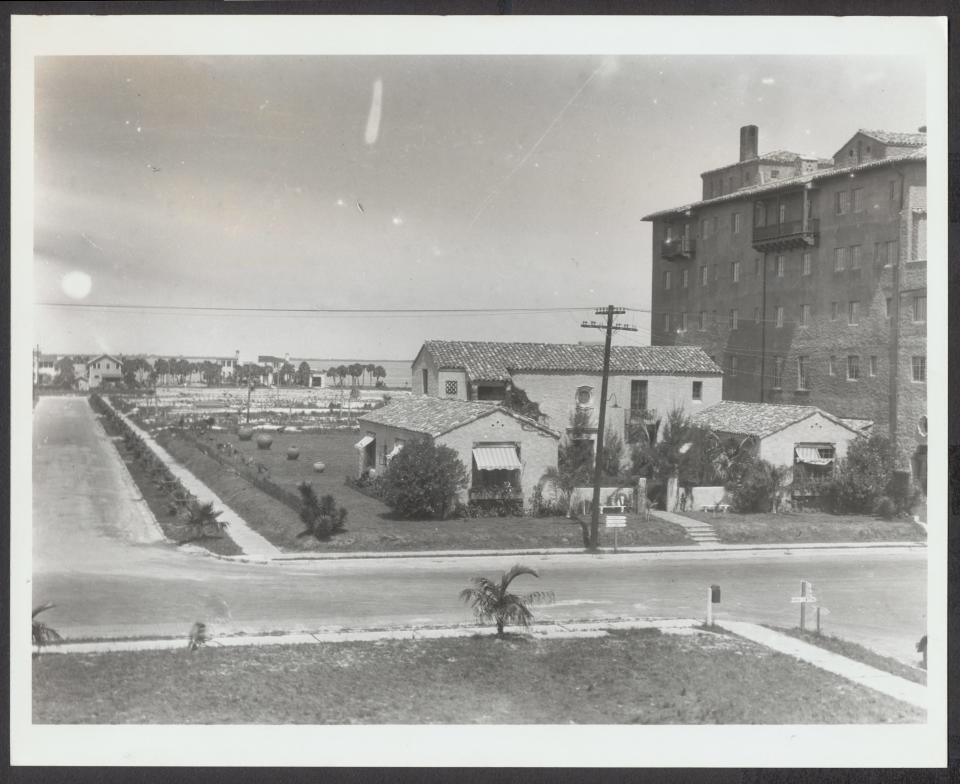
They purchased what had been prolific developer Owen Burns’ office during the heady days of the land boom and moved here permanently in 1935.
Known thereafter as the Bickel House, the Mediterranean Revival home was designed by Dwight James Baum. As Baum teamed with both Burns and John Ringling, on some of Sarasota’s major projects many important buildings were designed here, including Burns’ adjacent El Vernona Hotel, Ca’ d’Zan, the Sarasota County Courthouse, to mention only a few.
The highly visible Bickel House became an immediate landmark, transformed into a showplace filled with the art and antiquities collected during their far-ranging travels.
In 1998 to make way for the Ritz-Carlton Hotel, Burns’ Hotel, the El Vernona, renamed the John Ringling Hotel, was demolished as the John Ringling Towers. The Bickel House was razed at the same time.
• • •
More Sarasota History:
William Whitaker became Sarasota’s first white settler
In the early 1840s, when William Whitaker with his brother-in-law Ham Snell was sailing along the coast looking for the perfect spot for Whitaker to call home, they spotted Yellow Bluffs from Sarasota Bay, and determined this was the place.
Whitaker became Sarasota’s first white settler, and upon Yellow Bluffs, near today’s 10th St, he built his first home.
In 1912, Bertha Palmer’s uncle and aunt, Benjamin L. and Laura Honore, were also attracted by the area’s unspoiled beauty and constructed the Acacias mansion, an early Colonial style showplace.
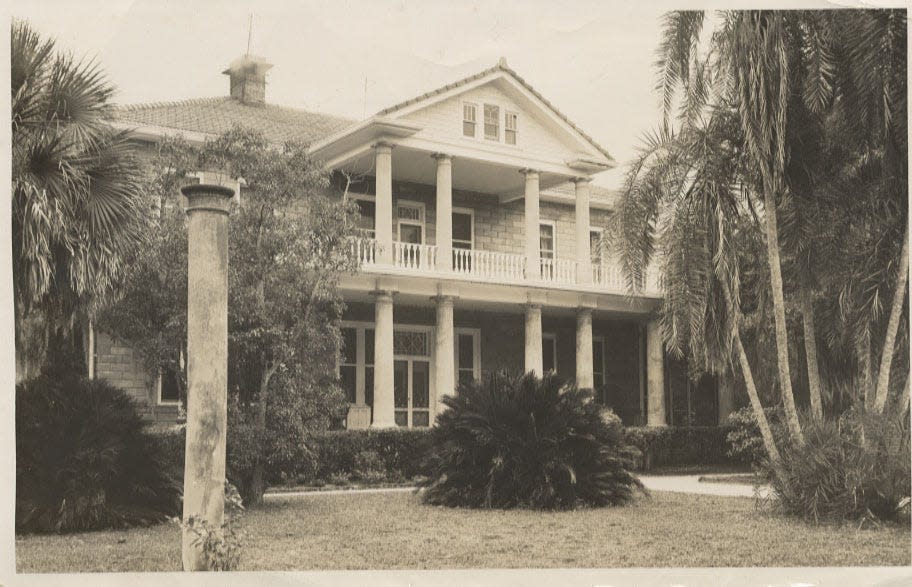
In reporting of the home’s progress at the end of December 1912, The Sarasota Times reported that the home with seven acres of property and six hundred feet of bayfront frontage was as “beautiful as any historic English estate.”
Named after the plant of “Eastern poetry and romance,” the paper waxed, “The rocky bluff speaks of old days in years long past, when pirates and smugglers found a safe harbor in Sarasota Bay, and treasures from ill-fated ships were buried along Florida’s coast.”
During construction, builders discovered the chimney and foundation of Whitaker’s home of sixty years previous, which the Seminoles had burned down.
The Acacias was designed by J.S. Maus, whose “skillful workmanship ... made it one of the best planned and executed buildings in the State.”
Benjamin passed away in 1913. When Mrs. Honore, nee Laura Virginia Carr, died at age 89 in 1921, an article in The Sarasota Times noted her influence on the construction of the beautiful home. “No detail of the building or the grounds was left to others. Her beauty-loving nature saw the possibilities of the setting ... the beauty of every nook was brought out and to the touch of her loving care ... .”
Laura’s niece, Ida Honore Grant, Bertha Palmer’s sister, lived with the Honores, and Ida’s daughter, Princess Julia Cantacuzene, and her husband, nobleman Prince Michael Cantacuzene, moved in after they fled Russia during the Russian revolution.
The Acacias was a gathering place for local and international society. Among others, Lady Forres, wife of Lord Forres stayed there when she came for a visit in 1926.
The mansion changed hands. In 1981 in a “We’ve seen this all before” moment, the property was deemed more valuable than the house and its history and it was razed.
• • •
The Mrs. Ida Smith-Hemingway mansion
By the 1920s Prince Michael and Princess Julia had moved to another residence on S. Palm Avenue, the Mrs. Ida Smith-Hemingway mansion tagged with the rather satisfying name, Afterglow.
The lady of the manor was married to Calvin Smith, president of the New York Life Insurance Co. noted for his philanthropic endeavors, particularly to the Black community. They traveled the world, collecting “many of the art treasures which grace her home.”
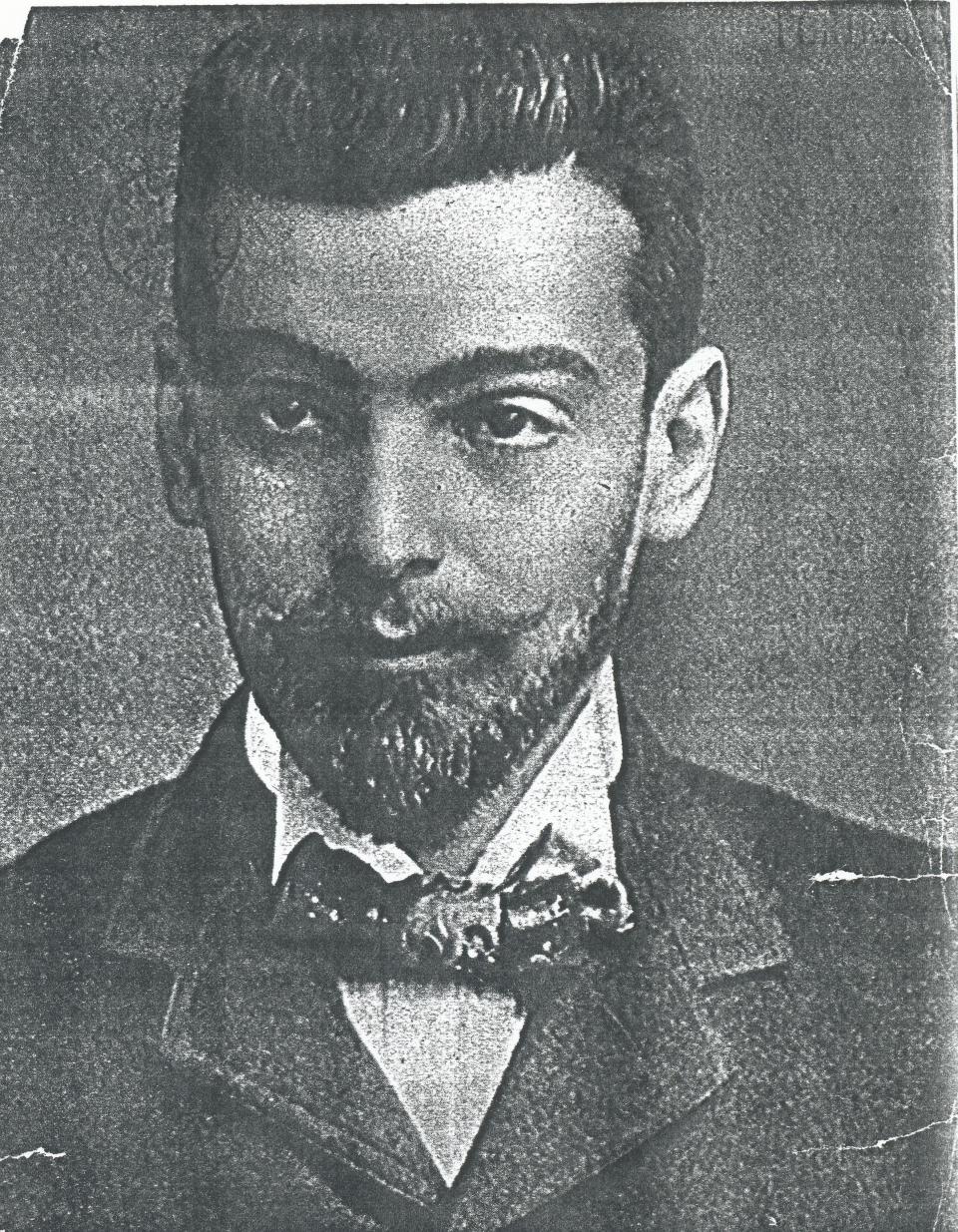
When her husband died, Mrs. Smith moved to Sarasota in 1911. She wed Robert Hemingway, and became a popular hostess, using Afterglow as the base for many social engagements, some of them quite large. Gatherings there were noted for “the excellence of their table, and for the rare China, silver and antique furniture which it housed.”
In a freak accident, Mr. Hemingway was knocked on the head with a boom while on a sailing party in Sarasota Bay. He died shortly thereafter.
The Sarasota Times reported that finding herself alone, save her servants and expert cooks, Ida was prompted by friends to open a catering business, which she did.
After she sold Afterglow to the prince and princess, she opened Hemingway’s antique store on lower Main Street, stocked with her around-the-world collection. She moved to the Frances-Carlton Apartments, and then lived in an apartment behind her store.
Noted for her philanthropy, she died at age 89, “closing the life of one who for the past quarter of a century and longer was closely identified with the social life and development of Sarasota.”
After the sale, the Sarasota Times reported that Afterglow would undergo a complete remodeling so the royal couple could entertain their own family, and “once again resume their casual duties, so welcomed in Sarasota. The “many new additions and enlargements” were expected to be completed in December 1927.
In 1934, Julia sued her prince for a divorce and never remarried. She became the grand dame of Washington politics and lived to be 99 years old. She died in 1975.
Prince Michael married Jeanette Draper, and they lived together until he passed away in 1955 at 79.
• • •
The Edson Keith Mansion was constructed in 1916
Edson Keith was a singular man. A well-rounded Chicago millionaire businessman, he left the hustle-bustle of Windy City life to spend his last years with his wife Nettie, on their Philippi Creek estate. Unlike their Chicago colony contemporaries who only wintered in Sarasota, the Keith’s became year around residents.
Yale educated Edson, with a law degree from Columbia was multilingual, and a lover of music. To further his musical aspirations, he studied and performed at the famed Paris Opera. He was also a composer and author. According to the Sarasota Herald “He was a composer of note and had many successful musical productions presented in leading theatres ... and was a frequent contributor to national publications.”
He was president of the Edson Keith & Co. a nationally known millinery manufacturing company.
It was in Paris where he was pursuing his musical endeavors that he met Nettie, traveling with her parents. They married shortly thereafter.
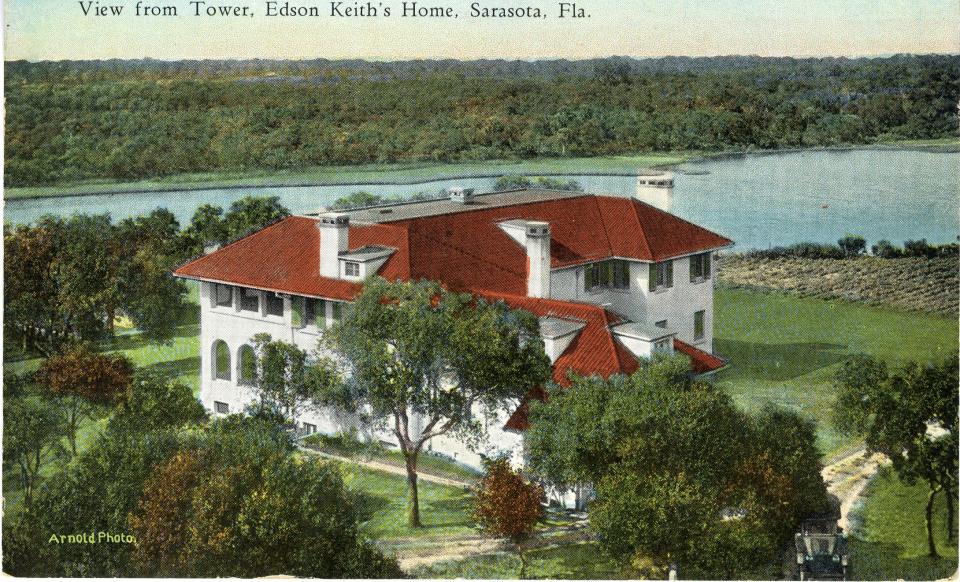
As was the journalistic practice of the time, while the Edson Keith Mansion was being constructed in 1916, The Sarasota Times assured it would be “one of the handsomest, if not the handsomest along the west coast of Florida.”
Like many of the other Chicago colony mansions, the Keiths’ Italian Renaissance home was designed by Chicago architects. Clark and Otis were well known for their upper-class homes and buildings.
To keep tabs on the construction, Keith built a bungalow on the property where he lived full time. Because the Tamiami Trail had not been completed, building material needed to be barged to the site.
The 40-acre property was nearly self-sufficient with electricity, hot and cold running water, fruit, and vegetables were farmed and animals were raised for food.
Edson died at the estate in February of 1939. The man for all seasons was praised by the Yale Club as “... a gentleman of the old school – a man of business and letters – reflecting high honor upon his alma mater ...”
Nettie moved to Prospect Street. She died at age 87 at Sarasota Memorial Hospital.
Mae Hansen Prodie and her husband Charlie were the next owners of the estate. Mae made a fortune making clothes for Barbie dolls. Charlie, an avid golfer, ran the estate as the Phillippi Plantation Inn and Restaurant.
When Charlie died, Mae retired to the estate. After she passed away in 1986, Sarasota County purchased the historic estate in a referendum. Today it is the Phillippi Estate Park, a beautiful example of preserving the past for the present and a popular destination for all manner of events.
Jeff LaHurd was raised in Sarasota and is an award-winning historian.
This article originally appeared on Sarasota Herald-Tribune: Sarasota history: Russian prince lived in one of area’s named mansions

